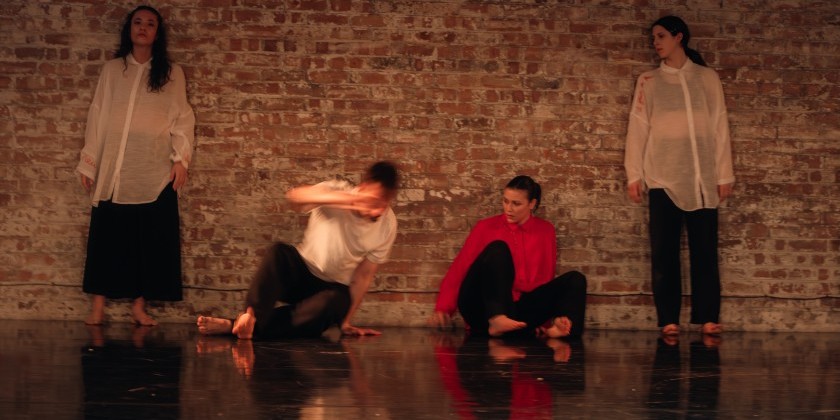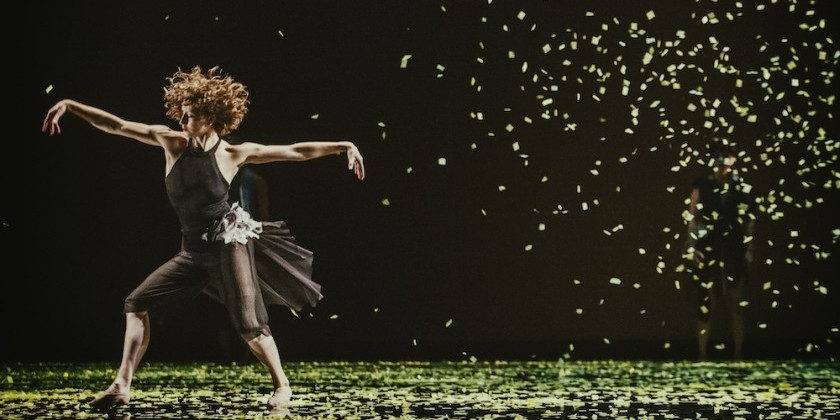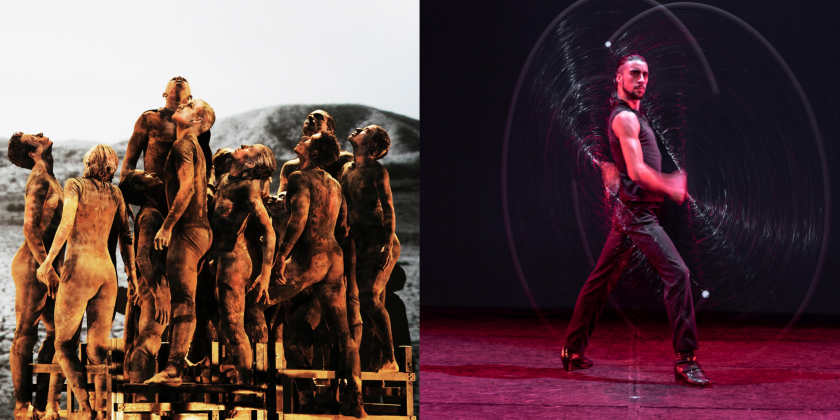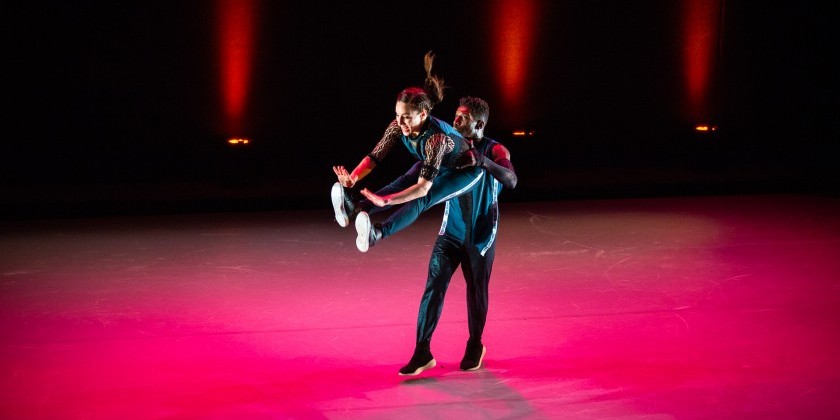Alessandra Ferri and Herman Cornejo about "TRIO ConcertDance"

As Their Electrifying Partnership Continues
When watching TRIO ConcertDance, which premiered on March 2nd at the Joyce Theater, the audience may be confused if they are witnessing a dance performance or a classical music concert. That is precisely the hope of the co-producers and performers, ballet dancers Alessandra Ferri and Herman Cornejo and concert pianist Bruce Levingston. “We felt that Bruce played the way we danced, and in this show, the music and how it moves us are inseparable,” said Ferri in a recent phone interview with The Dance Enthusiast.
Ferri and Cornejo performed a collection of works by classical and contemporary choreographers including Demis Volpi (Stuttgart Ballet), Russell Maliphant (Sadlers Wells), and Angelin Preljocaj (Ballet Preljocaj) all while Levingston played the varied classical score onstage. The pianist played several musical selections alone without choreography, enhancing the effect of each dance vignette. There were no pauses in the hour-long evening piece, further unifying the music and dance.
Ferri and Cornejo began dancing together in 2013, in Martha’s Clarke’s Off-Broadway production Chéri, which brought Ferri back to the New York stage almost seven years after her announced retirement from American Ballet Theater. Although there is almost a twenty-year age difference between the dancers, Cornejo and Ferri found a profound chemistry dancing together, and TRIO was born out of that inspiration. They will continue this partnership in the anticipated performance of ABT’s Romeo and Juliet which will premiere on June 23, 2016. The Dance Enthusiast had a opportunity to speak with both dancers about TRIO.
Stacey Menchel Kussel for The Dance Enthusiast: How did this performance come to be? What was the inspiration?
AF: The idea came after Herman and I worked on Chéri. We had a really great time dancing together, we shared a certain connection, and we wanted to find an opportunity to work together more. We heard Bruce play at Carnegie Hall; Herman had known him from previous work at the ABT. Listening to him we became aware that he had a certain depth in his playing. He played the way we felt we danced. We approached him about the idea, and once he was on board, we started approaching different choreographers.
HC: After Cheri, Alessandra and I knew we had a strong connection as dancers. We shared the same emotion, and dramatic quality in our dance, and we both wanted to perform in something that showcased us just as two human beings on stage, not such formal characters in a story ballet. We heard Bruce play at Carnegie, and it was just a 'meant to be' kind of thing.
TDE: What was the rehearsal process like?
AF: It took about a year, and it was a bit off and on, depending on all of our schedules. We always worked with one choreographer at a time, spending several weeks focusing on one piece before moving on to the next. We chose a wide range of music that we loved, and we gave the choreographers options. After all of the pieces were finished, it came together rather smoothly, forming an evening of dance.
HC: Bruce was well integrated into the whole process, but most of his participation in the rehearsal process was via email, sending us samples of the music that we could rehearse to. Once we were in New York and really shaping the piece, we had more rehearsals with him present.

TDE: What piece of choreography in TRIO especially pushed you as dancers?
AF: For me, I think the piece that stretched me the most in the program was Entwine by Russell Maliphant. He has such a muscular approach, and stylistically it was very tough.
HC: For me it was the Pas De Deux from Le Parc [by Preljocaj]. We had to dance barefoot in that, and that is rare for me as a ballet dancer. I also find the piece challenging because it forced me to be so vulnerable. In classical ballet, sometimes it can feel quite contained, and this piece required me to go beyond and to really let go.
TDE: Alessandra, you had taken a seven year hiatus before returning to the stage in 2013. Is there anything different about your approach dancing later in your career?
AF: Absolutely. The main difference is that now I am dancing out of pure passion. It is who I am, and it is such a gift to be able to move. It is no longer about planning the future, it is about living in the moment in every performance.

TDE: Herman, what is like to dance with Alessandra, someone who you looked up to as a young dancer?
HC: Honestly, it is like a dream. I remember watching her dance with [fellow Argentine] Julio Bocca when I first was dancing with the company as a young dancer. It is always different to dance with each partner, but what is amazing is that even though we are far apart in generations it is like we have been dancing together for years. We connect to the music and each other in such a similar way, and that type of chemistry between partners is so rare. It is like we are timeless.
Share Your Audience Review. Your Words Are Valuable to Dance.
Are you going to see this show, or have you seen it? Share "your" review here on The Dance Enthusiast. Your words are valuable. They help artists, educate audiences, and support the dance field in general. There is no need to be a professional critic. Just click through to our Audience Review Section and you will have the option to write free-form, or answer our helpful Enthusiast Review Questionnaire, or if you feel creative, even write a haiku review. So join the conversation.














